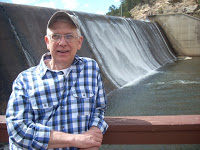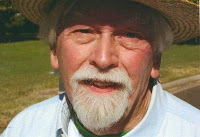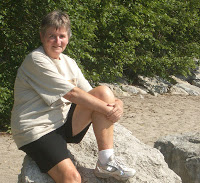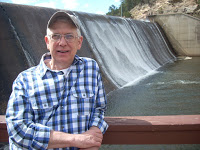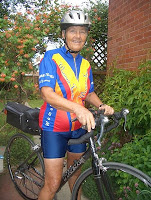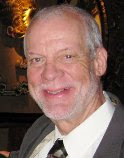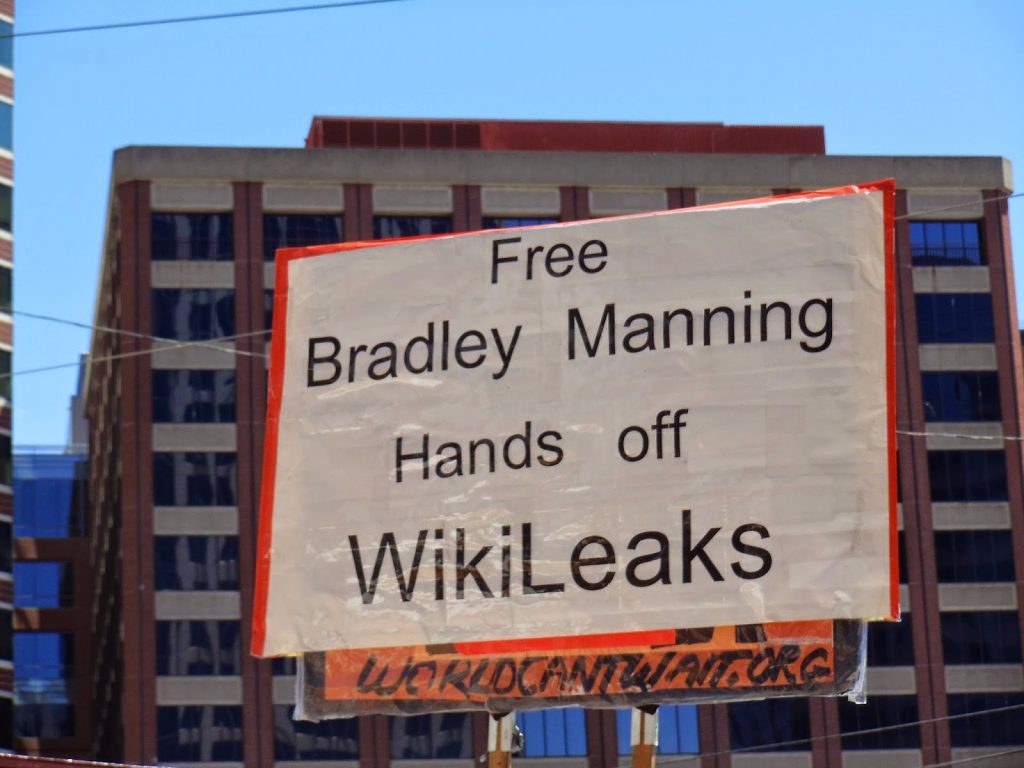by Donaciano Martinez
The question in the above headline was posed by me to dozens of people, who were almost unanimous with the reply of a resounding “no.”
The June 2015 parade was indeed disrupted by predominantly Chicano and Chicana GLBTQ youth from Buried SEEDZ of Resistance (BSEEDZ) to honor Jessie Hernandez, the 17-year-old Mexican lesbian who was killed by Denver police when they investigated the stolen car in which Hernandez and her young lesbian friends were socializing in the early-morning hours in January 2015.
Completely stopping the parade from one side of the street to the other as BSEEDZ activists unfurled a huge multi-colored banner in big-sized words “Your Family Values Are a Lie,” the 10-minute disruption took place near Lafayette Street on the Colfax side of the nonprofit GLBT Community Center that has organized the parade and festival since 1976.
In addition to honoring the deceased Hernandez, BSEEDZ activists made the following demands to the GLBT Community Center as the parade organizer:
– End corporate sponsorship of Pride by corporations such as Coors, Walmart and Wells Fargo due to their ties to the prison industrial complex, anti-immigration legislation and predatory lending that targets queer communities of color;
– Every Pride parade should be led to honor LGBTI2S lives lost to violence; and
– End police presence at Pride because LGBTQI2S communities are at higher risk of experiencing police violence.
[The above-listed I initial refers to gender variant people who do not fit the narrow paradigm of being male or female. The above-listed initials 2S refer to Two-Spirit, the American Indian term for people who have both male and female qualities.]
Dozens of spectators were on the rooftop of the GLBT Center looking down and applauding as parade participants passed by when BSEEDZ activists and allies suddenly poured into the street to block the parade. While some
spectators on the sidewalks approvingly cheered the protesters, other spectators seemed annoyed or were curious about the protest action.
“We are grabbing the mic for just a few minutes to reflect on and honor the lives that have been taken and forgotten,” yelled BSEEDZ organizer Cecelia Kluding-Rodriguez into her megaphone once the protest got underway with BSEEDZ activists locking arms and wearing red t-shirts emblazoned with the image of the face of Hernandez.
“The first Pride was a riot, Stonewall was an uprising,” shouted BSEEDZ activist Muki Najeer. “We are here today to bring back the true spirit of Pride.” Each time she spoke, she paused so that fellow protesters could loudly repeat her words. “In the last few decades white LGBTQ people gained many rights, including the right to marriage. But why do queer and trans communities of color still face higher levels of murder, police violence, unemployment, detention and homelessness?”
To reiterate the importance of restoring the origins of Pride, BSEEDZ activist Mimi Madrid elaborated: “We’re not just here to dance and have a good time. No. Pride began as a revolutionary uprising to defend our bodies, to defend our identities and to defend our spirits. We’re tired of the police just taking us out, picking us off. So this is about bringing back that sacredness, the roots of uprising back into Pride.”
After the 10-minute disruption ended and the Pride parade resumed, BSEEDZ activists walked back to the sidelines and chanted the rhyme: “How many queer kids have to die? Your family values are a lie.”
Originally founded in 2009 under the name Branching SEEDZ as a project of the nonprofit Colorado Anti Violence Program (now known as Survivors Organizing for Liberation), the youth-led group modified its name to Buried SEEDZ of Resistance (BSEEDZ) in January 2015 after finding inspiration in an old Mexican proverb that read: “Trataron de enterrarnos, pero no sabian que eramos semillas.” In English, the proverb means, “They tried to bury us, but they didn’t know we were seeds.” With the proverb as their foundation, BSEEDZ envisioned a future where they can continue on the path of resistance that was planted by their ancestors.
“I immediately reflected back to the spirit of resistance that the patrons of the Stonewall Inn of New York City demonstrated in the summer of 1969,” stated longtime Chicano gay activist Lorenzo Ramirez upon learning that the predominantly Chicano/a Mexicano/a LGBTQ youth activists in BSEEDZ took a stand at this year’s Denver Pride Parade. “From my research, and also rare conversations with individuals who were actually there, I have learned that the actions taken by the Stonewall Inn patrons (who were primarily Black and Latino drag queens) were in direct response to a raid conducted by the NYPD [New York Police Department] on June 28, 1969.”
“This historical act of resistance triggered three nights of civil unrest by the gay community of New York City’s Greenwich Village and was the birth of the modern LGBTQ civil rights movement,” declared Ramirez in his praise of the bravery of the individuals who took a stand after enduring enough of the constant verbal and physical harassment by NYPD.
“As an out and proud Chicano gay man who grew up in the Chican@ Movement of the early 1970s, and as an HIV/AIDS activist of the late 1980s and 1990s, I must support this new diverse generation of young grass-roots activists in their efforts to remind the LGBTQ community about our history of struggle and sacrifice that has paved the way so that we can live our lives openly and honestly with pride and dignity,” stated Ramirez.
“May I first note that we have yet to have any direct communication from Buried SEEDZ of Resistance,” said Rex Fuller, Communications Director for the nonprofit GLBT Community Center, which has organized the Pride parade and festival since 1976. “We have only heard about the group’s demands through third parties. We welcome dialog with the group.”
“We also want to state that we are dedicated to supporting all members of our community and we are always working to listen to and address issues facing our community,” added Fuller while noting that youth from the GLBT Center’s program, Rainbow Alley, are participating in the Queer Youth Summit sponsored by BSEEDZ.
Although Fuller is firm that the GLBT Center works to listen to and address issues facing the community, not everyone agrees that Chicano/a LGBTQ youth are being listened to or that their issues are being addressed.
“I recently had the opportunity to meet with members of BSEEDZ, and I have been very impressed with their energy, commitment and organizational skills,” stated Ramirez. “I could also sense the frustration of their voices not being heard and not being recognized by organizations and many LGBTQ community leaders who are entrusted to address the issues that affect us all.”
“PrideFest has an estimated $25 million annual impact on Denver’s economy, including benefiting LGBT businesses,” stated Fuller in response to the BSEEDZ demand that the GLBT Center end corporate sponsorship of the Pride event and refuse to take funds from corporations such as Coors, Wells Fargo and Walmart. “Denver PrideFest is also The Center’s largest annual fundraiser and money raised at Denver PrideFest goes directly back to our community in the form of direct services to LGBT youth, elders, the transgender community and providing help with legal issues. This would not be possible without corporate sponsorship.”
In his expression of gratefulness to the companies and their GLBT employees who support the GLBT Center through sponsorship of PrideFest, Fuller pointed out that the Center requires corporate sponsors of the Pride event to have non-discrimination policies in place.
“This year Denver PrideFest attracted 370,000 people over the two-day festival,” proclaimed Fuller in response to the BSEEDZ demand that the GLBT Center end police presence at the Pride event. “It would not be possible to host a public event of this size without working with Denver Police Department to ensure safety of everyone attending.”
Denver City Government’s agency, the Office of Special Events, handles the permit-application process for all events (such as PrideFest) held on public property (streets, parks, etc.) and coordinates the process that all permit applicants are required to go through with various agencies (including Denver police). Because of the strict process that all permit holders must go through to ensure public safety, it is highly unlikely that there will ever be an end to police presence at the Pride event.
Regardless of police presence or no-police presence, there are some people who no longer attend the Pride event.
“I have not attended Denver’s Pride Parade for quite some time for many of the same reasons that BSEEDZ decided to take action and voice their concerns and demands mentioned in the La Gente Unida newsletter,” noted Ramirez, a recipient of the “Year 2000 Donaciano Martinez Human Rights Award” and the 2004 founder of Denver’s first Latino gay/bi men’s community center that lasted five years before it transitioned to a program called UNO (later called LISTOS) under a different fiscal sponsor.
The recent Denver Pride Parade was not the first time for BSEEDZ involvement in a disruption of an LGBTQ event. BSEEDZ activists joined with Latino trans activists in disrupting the LGBTQ Creating Change national conference held in Denver in February 2015, at which time Denver Mayor Michael Hancock was prevented from delivering his speech to the conference. The action at the conference was to honor the Mexican lesbian teenager Jessie Hernandez who was killed by police in January 2015.
People from all sectors of the community probably will no doubt express pro and con views of BSEEDZ tactics for months to come. As freedom-loving activists ponder the issue, consider the following quote from the 1800s African American activist Frederick Douglass: “Those who profess to favor freedom and yet depreciate agitation, are people who want crops without ploughing the ground.”
Denver, 2015
[The piece was previously published by
La Gente Unida Newsletter and is used here with permission.]
About the author
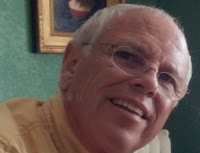
Since 1964 Donaciano Martinez has been an activist in peace and social justice movements in Colorado. His activism began in 1964 by knocking on doors to urge people to vote for peace and justice, but in 1965 he and other activists began marching in the streets to protest against war and injustice. His family was part of a big migration of Mexican Americans from northern New Mexico to Colorado Springs in the 1940s. He lived in Colorado Springs until 1975 and then moved to Denver, where he still resides. He was among 20 people arrested and jailed in Colorado Springs during a 1972 protest in support of the United Farm Workers union that was co-founded by Cesar Chavez and Dolores Huerta. For his many years of activism, Martinez received the 1998 Equality Award, 1999 Founders Award, 2000 Paul Hunter Award, 2001 Community Activist Award, 2005 Movement Veterans Award, 2006 Champion of Health Award, 2008 Cesar Chavez Award, 2013 Lifetime Achievement Award, and the 2013 Pendleton Award. La Gente Unida, a nonprofit co-founded by Martinez, received the 2002 Civil Rights Award. The year 2014 marked the 50-year anniversary of his volunteer work in numerous nonprofit situations.
